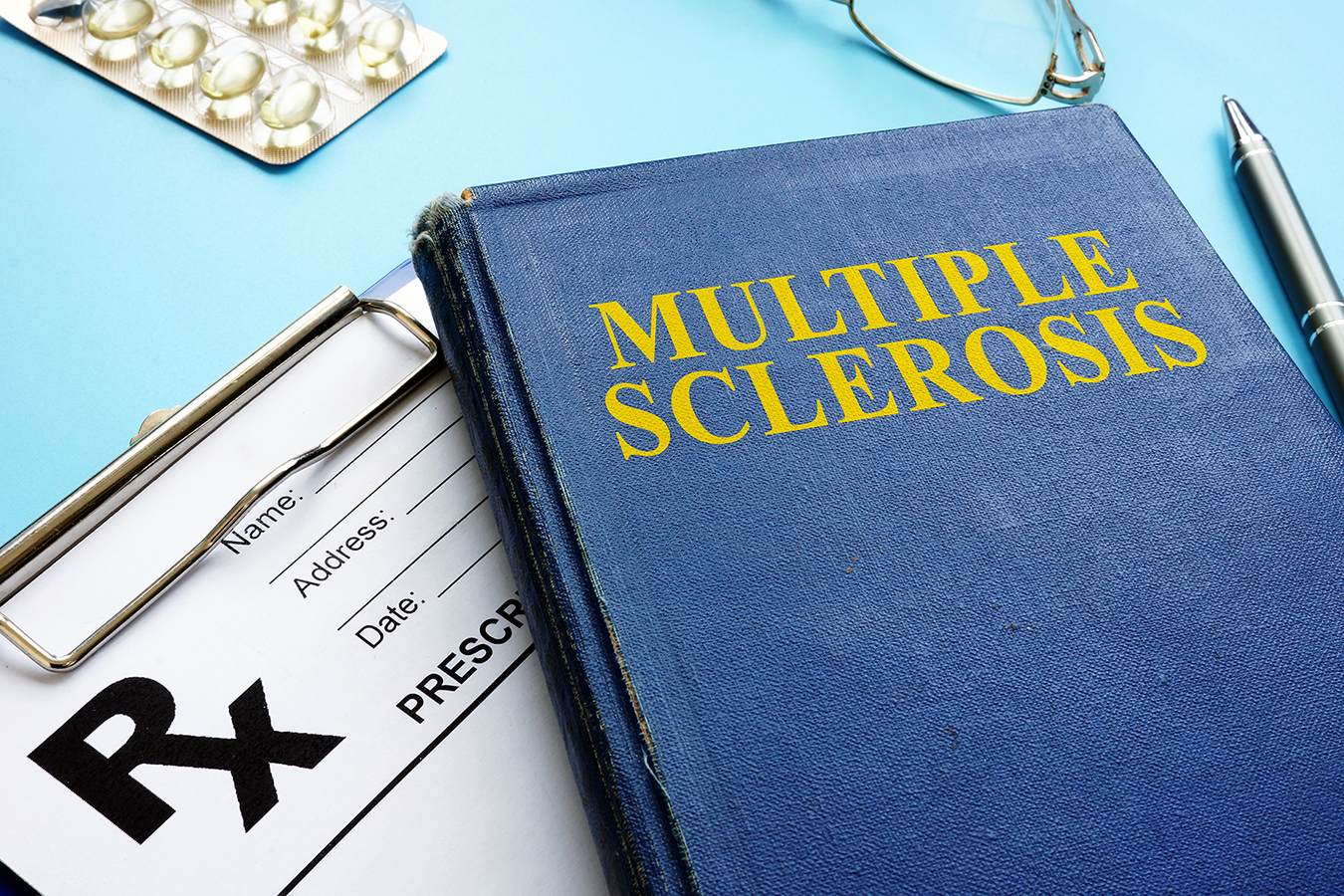Multiple Sclerosis: Risks, Progression Stages & Treatment Options
Multiple sclerosis (MS) is a disease that most have heard of but few understand.
And it’s surprising that we don’t know more, as a recent estimate revealed that nearly 1 million people in the U.S. are living with the disease – more than double the commonly reported number established in 1975. According to the MS Discovery Forum, about 200 new cases are diagnosed each week.
How MS Works
This is a disease where the body’s immune system is directed against its own central nervous system (CNS), comprised of the brain, spinal cord and nerve fibers. In attacking the CNS, the immune system damages or destroys myelin – a fatty substance that surrounds and insulates nerve fibers, as well as the nerve fibers themselves.
When myelin and nerve fibers are impaired or destroyed, messages transmitted via the CNS are garbled or blocked completely. The name of the disease is actually derived from the processes involved, as damaged areas develop multiple layers or areas of scaring or sclerosis. Thus, multiple sclerosis.
Who Gets MS?
The underlying cause of MS is generally not well understood. Genetic susceptibility and abnormalities in the immune system, as well as unknown environmental factors, are believed to trigger the disease.
According to the National MS Society, the average person in the U.S. has less than a 1 percent chance of developing MS. For first-degree relatives of a person with MS, such as children or siblings, the risk is slightly higher – between 2-5 percent.
Furthermore, says the National MS Society, even an identical twin of someone with MS (where genes are shared) stands only a 25 percent chance of developing the disease. This is certainly intriguing. If genes were solely responsible for determining who gets MS, that means an identical twin would be sure to develop it. The fact that only 1 in 4 does points to other contributing factors, such as living environment and/or geographical location, likely being involved.
The Stages of MS Progression
The specific neurological symptoms experienced by people with MS vary in severity, depending mainly on which of the recognized three stages they are in.
Relapse and Remitting Multiple Sclerosis (RRMS) is the most common stage, affecting roughly 85 percent of patients with the disease. It’s characterized by defined attacks on gait and balance, drop foot, severe muscle cramping, spasms and atrophy. Periods of significant dysfunction are typically followed by periods of remission, during which symptoms may disappear.
Secondary Progressive Multiple Sclerosis (SPMS) is the second stage. Most, though not all, patients diagnosed with RRMS will transition to SPMS at some point. The timing of the transition may depend on the patient’s age at the time of first diagnosis. In this stage, physical disabilities worsen and patients are less likely to experience periods of remission.
Primary Progressive Multiple Sclerosis (PPMS) is the third stage, and roughly 10 percent of all MS patients will eventually move to PPMS. In this stage, physical deficits worsen considerably. Patients lose function, often wind up in wheelchairs and develop significant physical problems with little or no remission.
Treatment Options for MS
While there is no known cure for MS, there are a variety of therapeutic options.
The most basic treatments available to neurologists for patients in the early stages of the disease include braces, walk aids and, later, drug therapy. The objective of all treatments is to slow the progression of the disease by keeping patients as mobile as possible.
Drug therapies are designed to manage the progression of the disease by suppressing the impact of the immune system attacks on the myelin and nerve fibers or mitigating the physical symptoms caused by acute MS attacks. According to the Mayo Clinic, beta interferons are among the most commonly prescribed medications to treat MS. They are injected under the skin or into muscle and can reduce the frequency and severity of relapses.
Alternative or adjunctive treatments include physical therapy, acupuncture, yoga and herbal remedies. Electrotherapy is yet another viable option. Devices that offer neuromuscular electrical stimulation (NMES), such as the RS-4i® Plus, can activate large muscles that are in atrophy. These devices can also be used on the lower legs to reduce or prevent debilitating spasms and cramping. When patients move into the Primary Progressive stage, a device like the RS-4i Plus may be used to treat muscle areas affected by constant sitting and inactivity – typically muscles in the neck and upper back.
Taking the Next Steps
Although the specific causes of MS are unknown and no cure is available, there are treatments that can slow the progression of the disease – offering patients better quality of life. Practitioners have expanded treatment options in recent years and research continues into additional therapies.
Those who want additional reading, may consider reviewing these articles:
If you’re a healthcare provider interested in learning more about how NMES muscle therapy with the RS-4i Plus can help your MS patients, complete the form below and check the box to receive a virtual product demo. Then judge for yourself how this electrotherapy device, which has helped over 11,000 patients nationwide, can work in your practice.
Related Resources
Blog: 6 Tips for Boosting Endorphins - The Body’s Natural Painkillers
Blog: Chronic Pain & Central Sensitization
This blog provides general information and discussion about medicine, health and related subjects. The words and other content provided in this blog, and in any linked materials, are not intended and should not be construed as medical advice. If the reader or any other person has a medical concern, he or she should consult with an appropriately-licensed physician or other healthcare professional.

